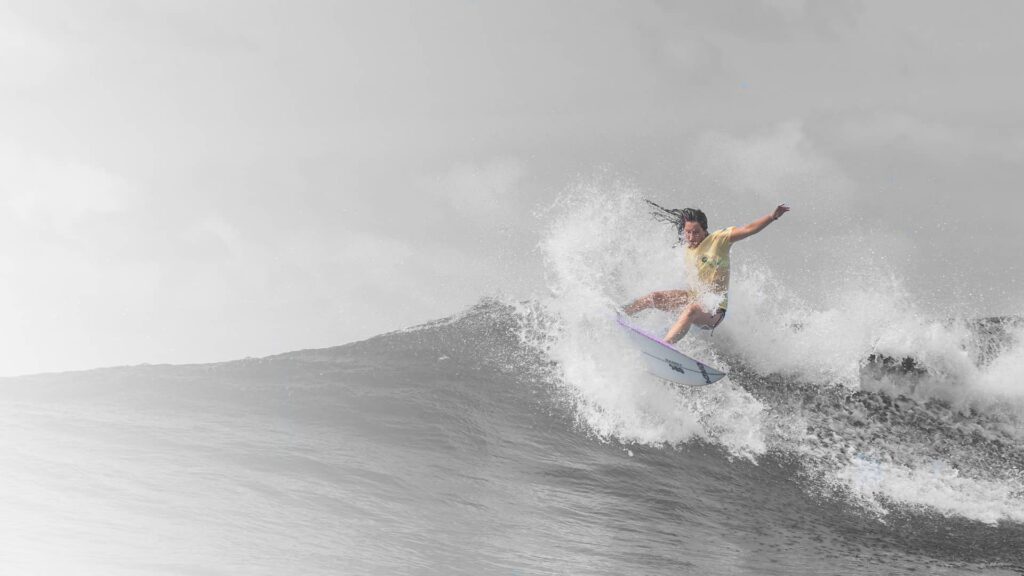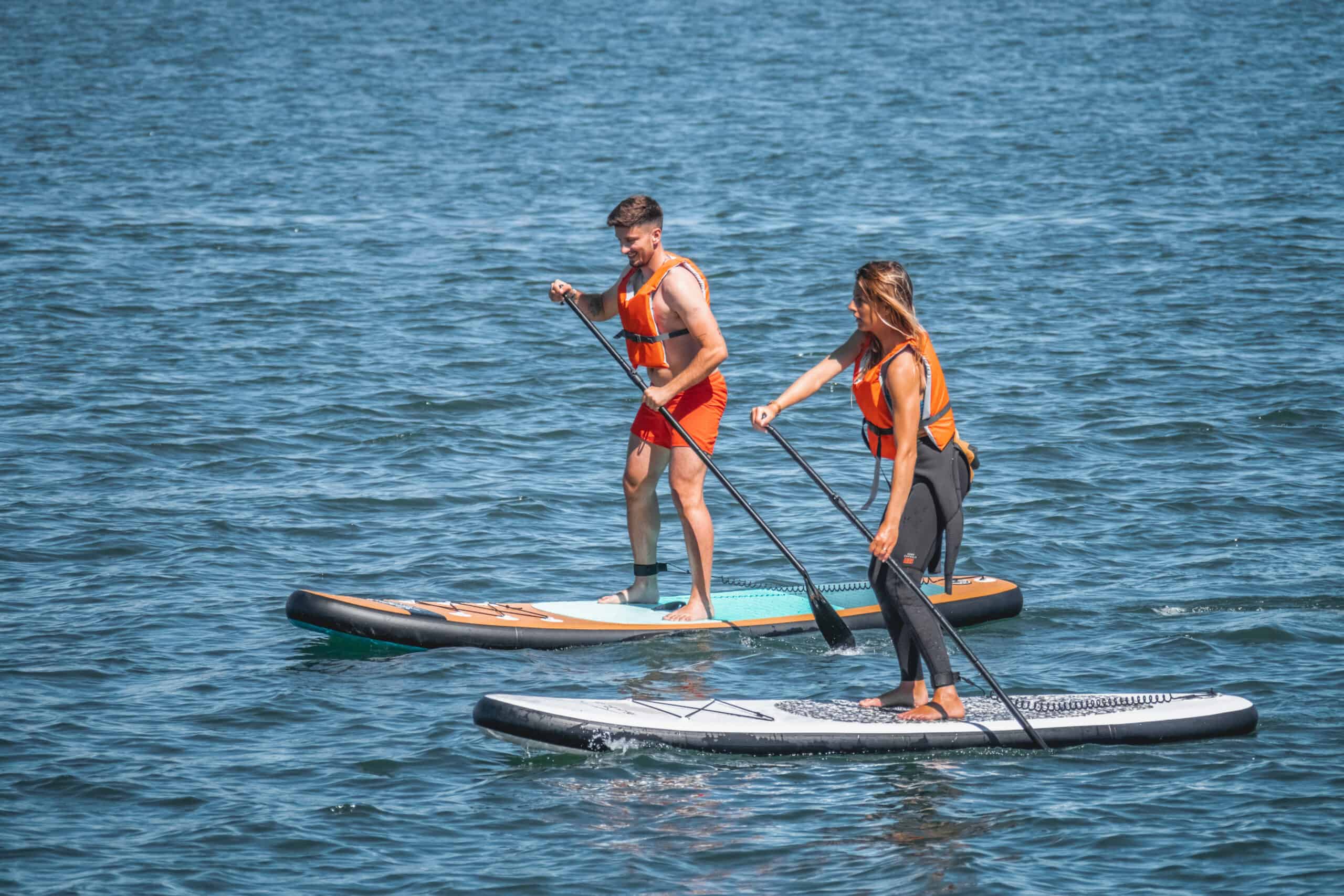Are you excited about hitting the waves this summer? Surfing is a thrilling and invigorating activity that allows you to connect with nature and experience the power of the ocean. However, to make the most of your surfing adventures, it’s crucial to choose the best time to surf. In this article, we will explore some key factors to consider when determining the ideal time to catch the perfect wave during the summer season.
Introduction
Surfing is heavily influenced by various environmental factors, making it essential to choose the right time to ensure an enjoyable and rewarding experience. By considering elements such as swell conditions, wind patterns, tides, crowd levels, water temperature, and your skill level, you can maximize your chances of catching great waves and having an incredible time out on the water.
Understanding Swell Conditions
Swell conditions play a vital role in determining the quality of waves for surfing. The size, direction, and period of the swell impact wave formation. It’s advisable to choose a time when there is a consistent and well-defined swell. Monitoring surf reports and consulting local surf communities can provide valuable insights into the prevailing swell conditions in your area.
Monitoring Wind Conditions
Wind is another crucial factor to consider when choosing the best time to surf. Offshore winds, which blow from land to sea, create clean and well-shaped waves. Onshore winds, blowing from the sea to land, can cause choppy and messy waves, making it difficult to ride. Aim for days when there are light or offshore winds to ensure optimal surfing conditions.
Evaluating Tides
Tides have a significant impact on wave quality. Generally, an incoming tide brings higher and more powerful waves, while an outgoing tide produces smaller and less powerful waves. Timing your surf sessions around high or low tides can provide better wave opportunities. Consulting tide charts or using mobile applications specifically designed for surfers can help you plan your surfing sessions accordingly.
Considering Crowd Levels
Crowd levels can greatly influence your surfing experience. If you prefer a more peaceful and less crowded session, consider surfing during weekdays or early mornings. Tourist hotspots and popular breaks tend to be busier during weekends and holidays. Exploring lesser-known spots or off-peak times can grant you more space and freedom to enjoy the waves.
Assessing Water Temperature
Water temperature is a crucial factor, especially during the summer season. If you plan to surf for extended periods, ensure that the water temperature is comfortable for you. Wearing appropriate wetsuits or rash guards can help regulate your body temperature and protect you from sunburn and rashes caused by prolonged exposure to the sun and saltwater.
Planning According to Your Skill Level
It’s important to consider your skill level when choosing the best time to surf. Beginners may benefit from smaller waves and gentler breaks, allowing them to practice their skills in a safe and controlled environment. Advanced surfers, on the other hand, may seek more challenging conditions and larger waves. Be honest with yourself about your abilities and select a time that aligns with your skill level.
Using Surf Forecasting Tools
Surf forecasting tools have revolutionized the way surfers plan their sessions. These tools provide valuable data on wave height, swell direction, wind speed, and other essential information. Popular surf forecasting websites and mobile applications offer detailed reports and predictions, helping you make informed decisions about when and where to surf.
Timing Around Sun and Weather Conditions
The time of day and weather conditions can significantly impact your surfing experience. Early mornings and late afternoons often offer cleaner waves and more favorable light for visibility. Keep an eye on weather forecasts to avoid unfavorable conditions such as storms or strong winds, which can affect wave quality and safety.
Safety Precautions
Prioritizing safety is crucial when choosing the best time to surf. Ensure that you have the necessary equipment, such as a leash and a suitable surfboard for your skill level. Familiarize yourself with local surf etiquette and respect the rules and regulations of the beach. It’s also advisable to surf with a friend or let someone know about your surfing plans for added safety.
Conclusion
Choosing the best time to surf during the summer requires considering a variety of factors. By understanding swell conditions, monitoring wind patterns, evaluating tides, and considering crowd levels, water temperature, and your skill level, you can enhance your surfing experience. Additionally, utilizing surf forecasting tools and timing your sessions around sun and weather conditions will help you make the most of your time on the waves. Remember to prioritize safety and enjoy the thrill of riding the perfect wave.
FAQs
Can I surf during any tide?
While you can surf during any tide, high or low tides often provide better wave opportunities. It’s recommended to consult tide charts or surf forecasting tools to plan your sessions accordingly.
Do I need to wear a wetsuit during summer?
The need for a wetsuit depends on the water temperature and your comfort level. In warmer regions, a wetsuit may not be necessary, but it can provide protection against sunburn and rashes caused by prolonged exposure to the sun and saltwater.
How can I find less crowded surf spots?
Exploring lesser-known spots and surfing during weekdays or early mornings can help you find less crowded surf spots. Consulting local surf communities or using surf forecasting tools can provide insights into quieter areas.
Are there any dangers associated with surfing?
Like any water sport, surfing comes with inherent risks. It’s important to be aware of your surroundings, understand surf etiquette, and respect the rules and regulations of the beach. Surfing with a friend or informing someone about your plans can enhance safety.
What if I’m a beginner surfer?
If you’re a beginner surfer, it’s recommended to start with smaller waves and gentler breaks. Choosing a time with beginner-friendly conditions and practicing in a controlled environment can help you progress safely and confidently.







